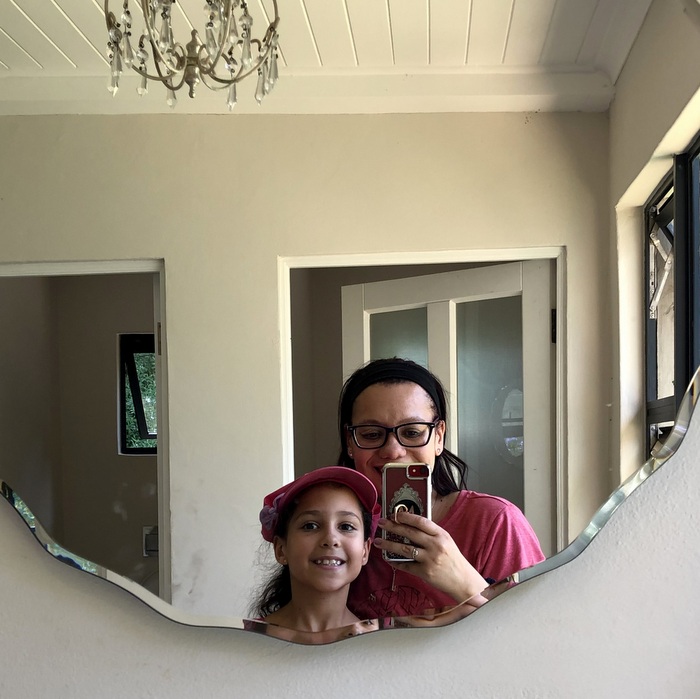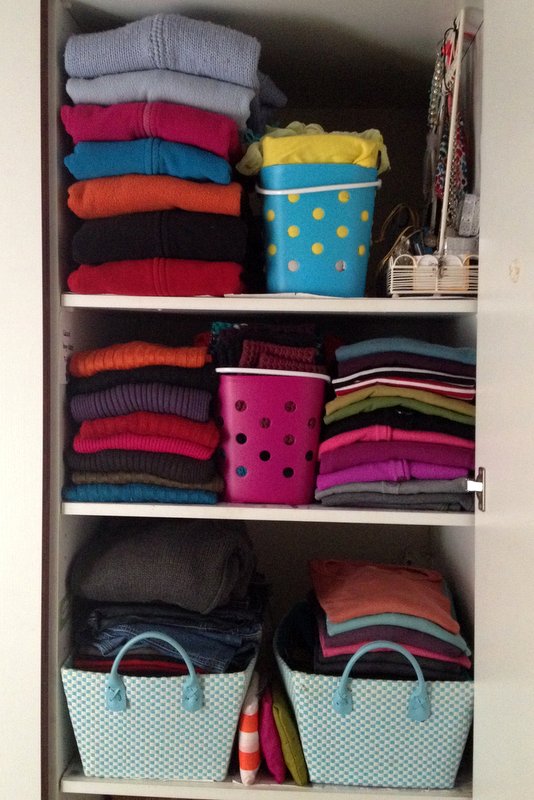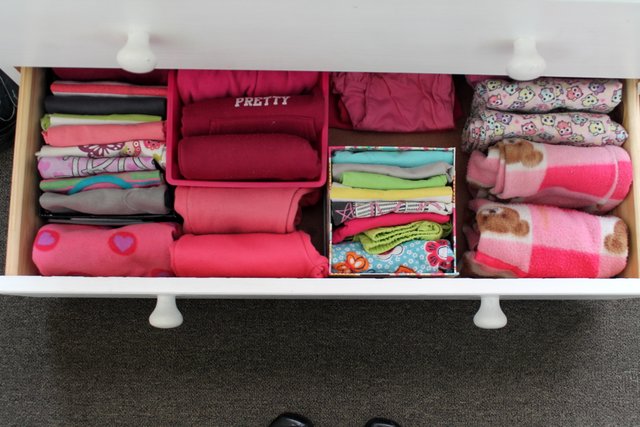I’m always fascinated by any back-to-school tips whether on blogs or podcasts because I love having a streamlined, well-oiled system where I can. There are so many things that we have to deal with on the fly so why not have a few solid systems in place that you don’t have to even think about?!
Here are our top 7 school organising hacks:

One calendar
We have a calendar in our command centre where we add any special dates from school. We receive a monthly school newsletter with upcoming dates. We add all the dates immediately and toss the newsletter into the recycling bag. If there are events we need to attend, either Dion or I will create a meeting in our calendar and invite the other parent to it.
Paper
We deal with any paper immediately so we don’t need a space to store paper. The newsletter gets read and tossed. The permission slips are signed immediately and placed on the kids’ bags. I write “R10 for civvies day” on the calendar and hand the money to the children two days before the event. Toss all the paper so you don’t have to find a place to keep it.

School supplies
If your school offers it, buy the pack. Or use a stationer who provides a shopping service, especially in the younger grades. Otherwise, buy the supplies when school lets you have the list – don’t wait for when school opens unless you like to be the frazzled mother in CNA looking for a specific size of glue stick. Oh, I completely ignore the list as far as brands are concerned and I buy what I like. After all, if the kids don’t use it at school, you’ll be using it at home so make sure you like the brands too 🙂
School fees
This is my favourite tip ever! Our school has a meeting in October of the one year to set fees for the following year. I am always at that meeting. Once the fees are decided on, I set up my scheduled payment with my bank (I use the turquoise bank!) for the 10 payments from January to October, and then…. I never have to think about it for a whole year! I do have to make a once-off payment for workbooks, T-shirts, etc. in January once the kids go back to school but I never have to remember to pay anything else and I also don’t like having a debit order going off my account. I trust my own financial systems more than the school’s.

School uniforms
When school closes at the end of the year, and then again a few weeks before the switch to winter uniform happens, I do a Big Fit-On of clothes to make sure each child has enough of each item. One of my children has to be bribed with Smarties so it’s not all smooth sailing. I take inventory of how many items of each thing they have, if it’s too small and they need a bigger size, etc. and write all the Clothes to buy on a Project Life card that I keep in my wallet. Then when I’m out and about, I know exactly what size shoe or socks I need to buy.
Homework spot
When we moved into this house, we imagined that our kids would do their homework in their bedrooms. That has never happened as the actual preferred homework spot is at the dining room table. So now we embrace that idea and I have paper, pens and pencils nearby. Here’s the key – the books are not allowed to wander around in the house (this is how things get lost). The minute they’re done for the day, the books go back in the bags and the table is cleared.
School lunches
This could be my rule for life but I’ll share it here anyway: start as you mean to go on. And if you want to change things, there’s no time like the present. Our kids take a sandwich, fruit and a snack to school if they have an extra-mural. If they don’t, they just get the sandwich and fruit.
Sandwiches are generally 1.5 – 2 slices of bread with cheese, ham, or peanut butter on it. Fruits are apples, bananas, naartjies, papaya, grapes, etc. If I send messy fruit like papaya, I send a little cake fork in the lunch box.
Snacks are whatever we have handy – muffins, peanuts & raisins, fruit roll (I cut one into 4 portions), yoghurts, etc. The kids drink water – I never send juice boxes.
Here’s the thing – if they bring lunch home, they eat that for their home snack before any other food. And if they eat the snack and not the sandwich, they don’t get a snack the following day. This is how we’ve trained the kids to eat their healthier food first before the more fun things. You can read more about our school lunch boxes here.
And that’s it – our favourite 7 ways to organise our kids’ school lives.
Tell me – what are your school organising hacks? Did you have any a-ha moments?




























